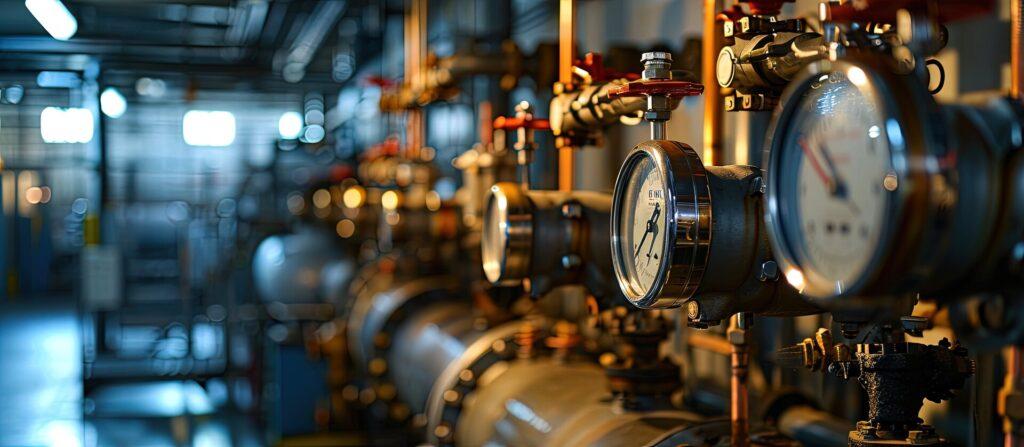In the fast-paced world of technology, the measurement and analysis of air flow are paramount, especially in industries ranging from HVAC to aerospace. This blog dives into the world of air velocity sensors, unraveling their significance in our tech-driven society.
The Pivotal Role of Measuring Air Speed
At the heart of various technological applications, the ability to gauge the speed of air movement is crucial. From optimizing indoor air quality to ensuring the efficiency of wind turbines, the accuracy of these measurements can significantly impact performance and safety. But what makes a high-quality air velocity sensor stand out, and why is it so vital in today’s tech landscape?
The Mechanics Behind Air Velocity Sensors
An air velocity sensor operates by detecting changes in air flow, converting these physical phenomena into electrical signals that can be interpreted and acted upon. These devices come in various forms, each tailored to specific applications, ensuring precise and reliable data. Understanding the technical nuances of these sensors can shed light on their importance in various technological domains.
Ensuring Precision in Airflow Measurement
The crux of the matter lies in the precision of airflow measurement. High-quality air velocity sensors provide accurate, reliable data that is essential for the optimal operation of systems and machinery. For instance, in HVAC systems, precise air flow measurements can lead to significant energy savings and improved indoor air quality. In aerospace, accurate airflow data is crucial for the safety and efficiency of aircraft. The implications of these measurements ripple across numerous tech fields, underscoring the sensor’s value.
Applications and Impacts of Airflow Sensing
The applications of these sensors are vast and varied. In the industrial sector, they monitor and control processes to enhance efficiency and safety. In environmental monitoring, they provide valuable data for weather forecasting and climate research. The breadth of their application highlights their versatility and indispensability in the tech world.
The Future of Airflow Sensing Technology
As technology evolves, so too do the sensors that measure air velocity. Advances in materials science and electronics promise even more accurate, durable, and versatile sensors. This evolution will undoubtedly expand their applications and enhance their impact on technology and society.
The quality of measuring instruments dictates the precision of our insights – in the realm of technology, accuracy is everything.
The Bottom Line
Quality air velocity sensors are not just components; they are the bedrock of efficiency and safety in numerous technological applications. Their precision and reliability are non-negotiable, given their impact across various industries. As we continue to harness the power of technology, the role of these sensors will only grow, making their understanding and application more crucial than ever. In conclusion, while the term “air velocity sensor” may not dominate headlines, its significance in the realm of technology is undeniable. These sensors are pivotal in a myriad of applications, driving efficiency, safety, and innovation. As technology marches forward, the importance of these sensors remains steadfast, echoing their critical role in the fabric of modern technology.
Photo credit: HN Works & Pitchayaarch / stock.adobe.com


